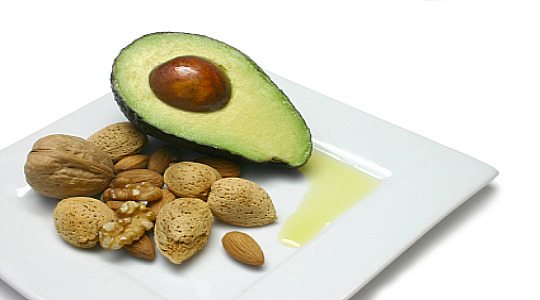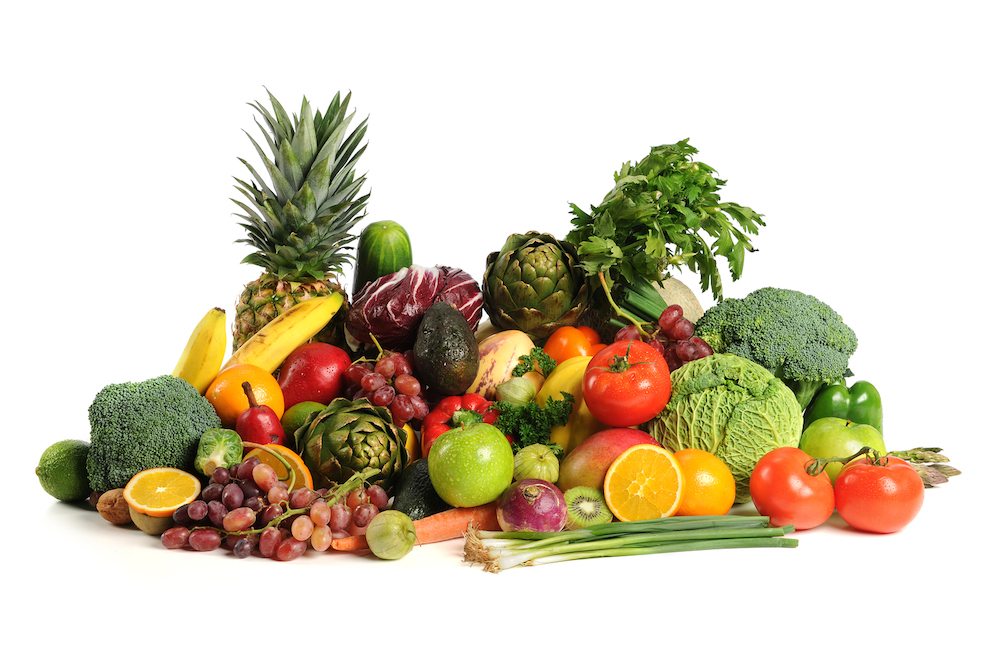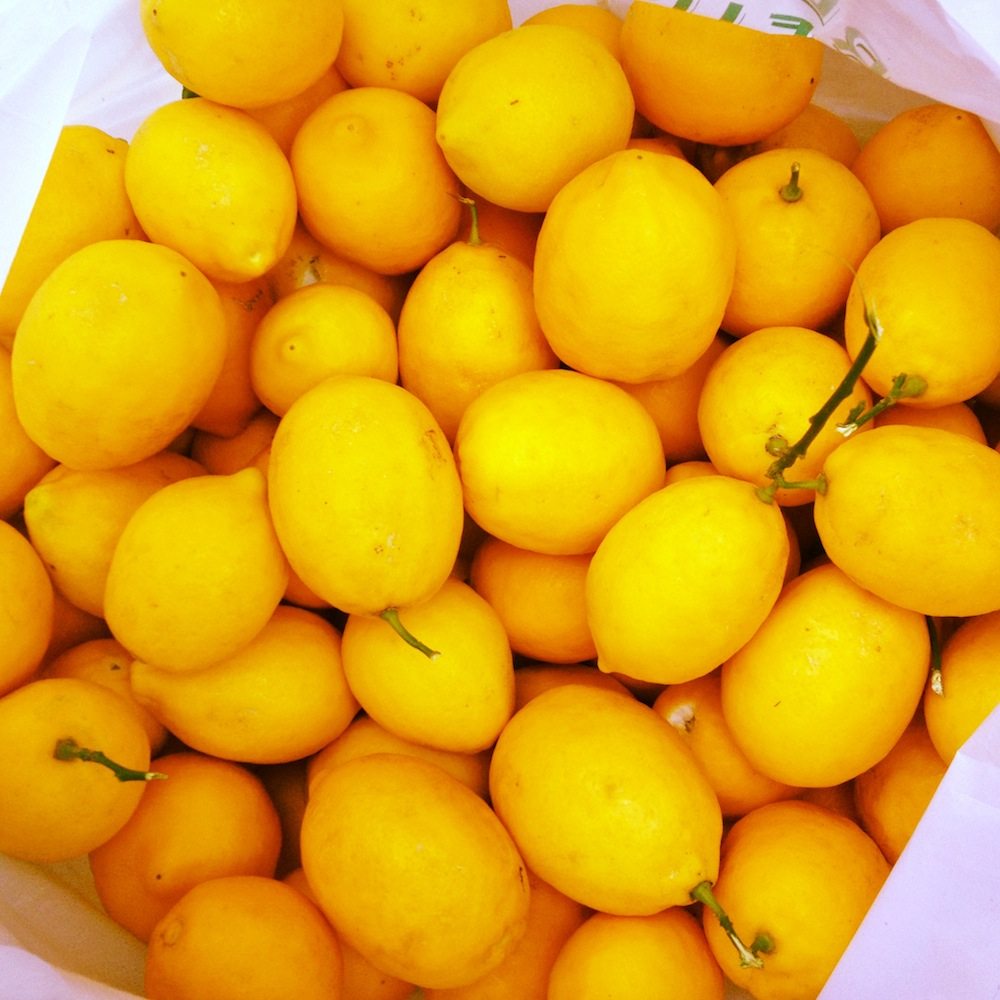This post was written by our Blogger Ambassador, Kate Hiipakka of The Four Percent. Enjoy!
You can work out all you want, but if you’re eating sh*t, you won’t get anywhere. There is a fitness adage that states, “Abs are made in the kitchen”, and a (unofficial) ratio that claims weight loss is 80% nutrition and 20% exercise. It may seem extreme, but it’s true. Nutrition has to be aligned if you want to see results in your body. This is coming from a girl who could eat French fries and ice cream with every meal, so believe me, I feel your pain.
Eating clean is more than just incorporating more fruits and vegetables into your daily meals. A lot of thought and preparation is required so it’s important to make your meal plan as efficient and effective as possible. Personally, I am not vegan or vegetarian, I don’t follow a specific diet and I do not have any dietary restrictions or allergies. I structure my meals to be consumed every 2-3 hours – each including a protein source in combination with fruits or vegetables, carbohydrates, and healthy fats. I’ll add some fine print right here – I am not a nutritionist, but I’ve play around with A LOT of nutritional components and have done a lot of research. I’ve found the below outline to be really effective.
Breakfast: protein + fruit (or veg)
Snack: protein + fruit + healthy fat
Lunch: protein + vegetable + carbohydrate
Snack: protein + fruit
Dinner: protein + vegetable + carbohydrate
Check out this very BASIC breakdown for more deets:
Protein
This can be anything from beans, fish, poultry or lean beef. A major benefit of any protein source is that it keeps you full and provides vital nutrients to build muscle and keep your metabolism charged. Protein is essential for muscles to gain mass (read: “tone”) and recover after hard workouts. Load up!
I’m talking about starches, fruits, whole grains, or vegetables. Basically, carbs provide the energy that fuels muscle growth. After consumption carbohydrates breakdown into smaller parts that get absorbed by our bods and are used as energy.
Healthy fats:
Think oils, avocados, nuts or seeds. Healthy fats benefit our bodies, but should be consumed in moderation, so go easy, a table spoon of olive oil or almond butter, half an avocado, or a handful of almonds does the trick. These babies will help aid heart health, keep arteries flexible and support overall health.

Regardless of eating habits the golden rule should be: eat when you’re hungry, and stay hydrated.
Please note: the above are all whole food sources, the less crap from a box labeled “low fat” or “fat free” you put into your body the better. True story.




